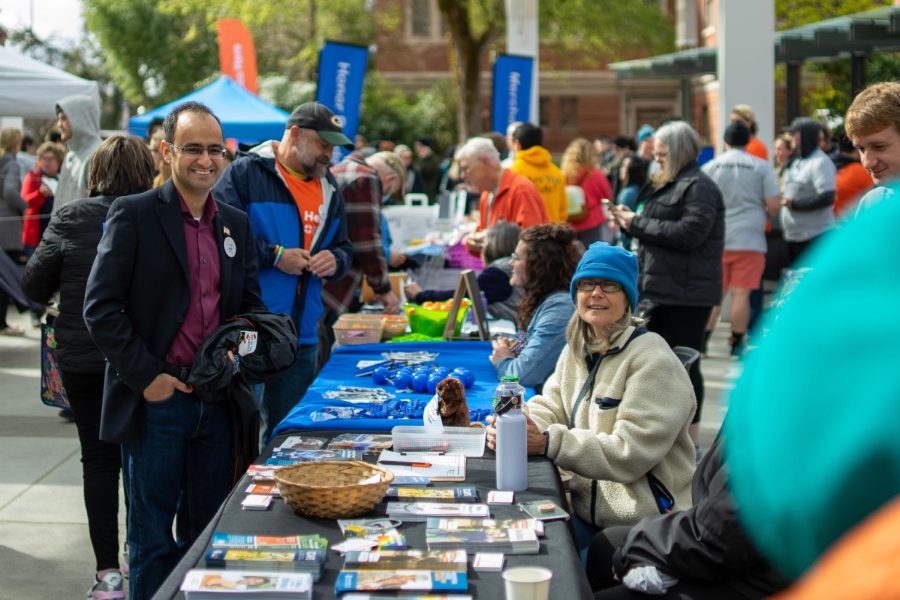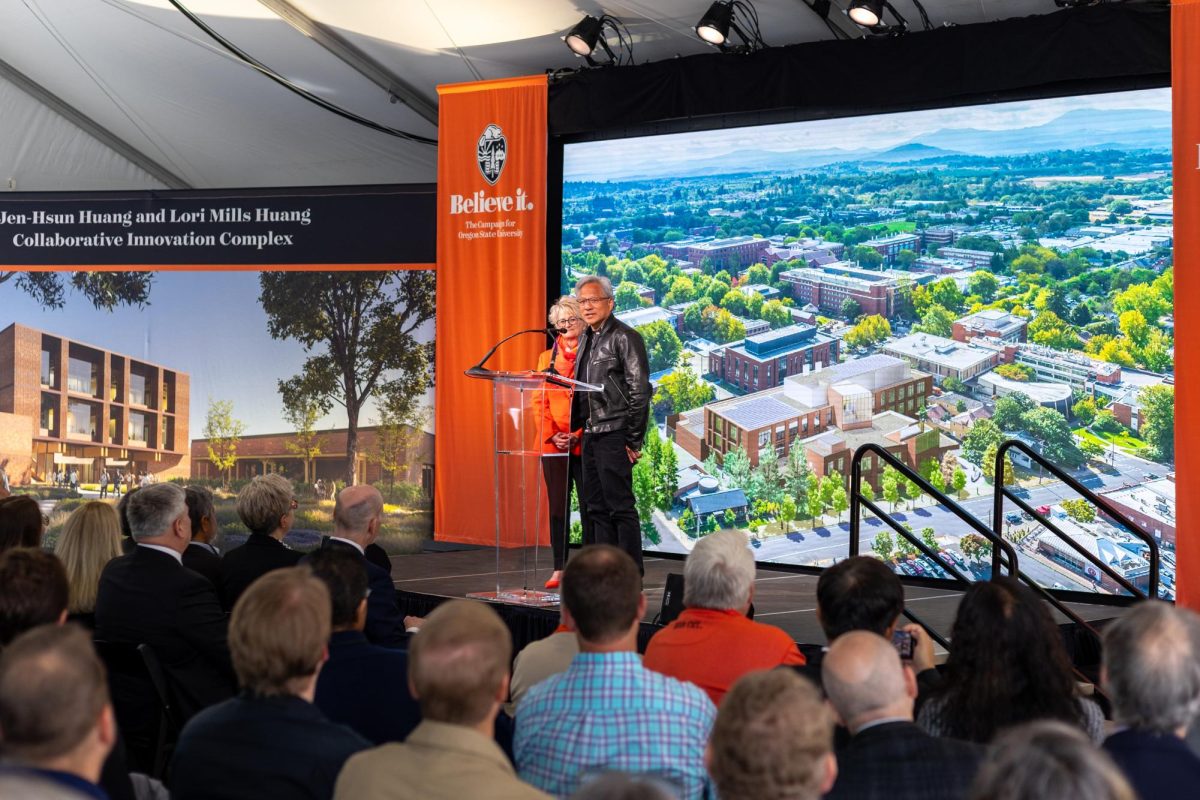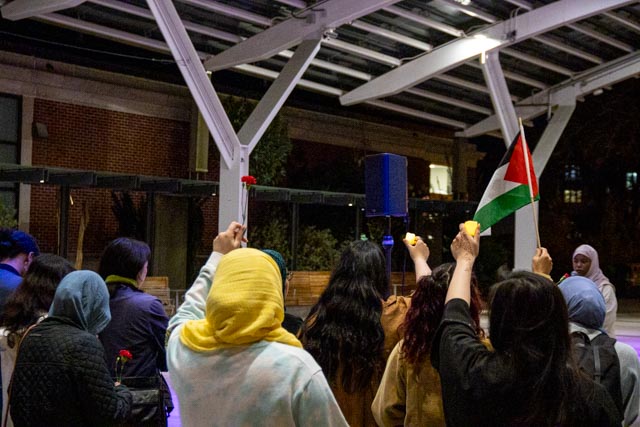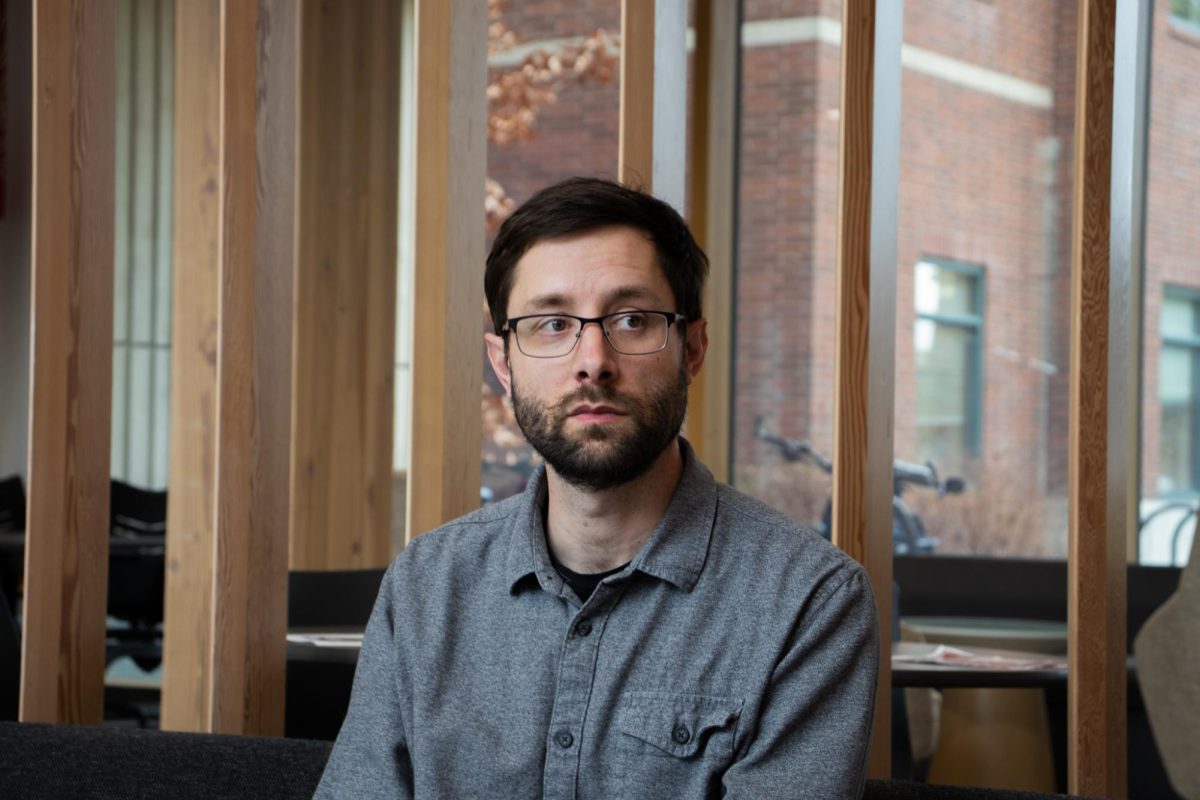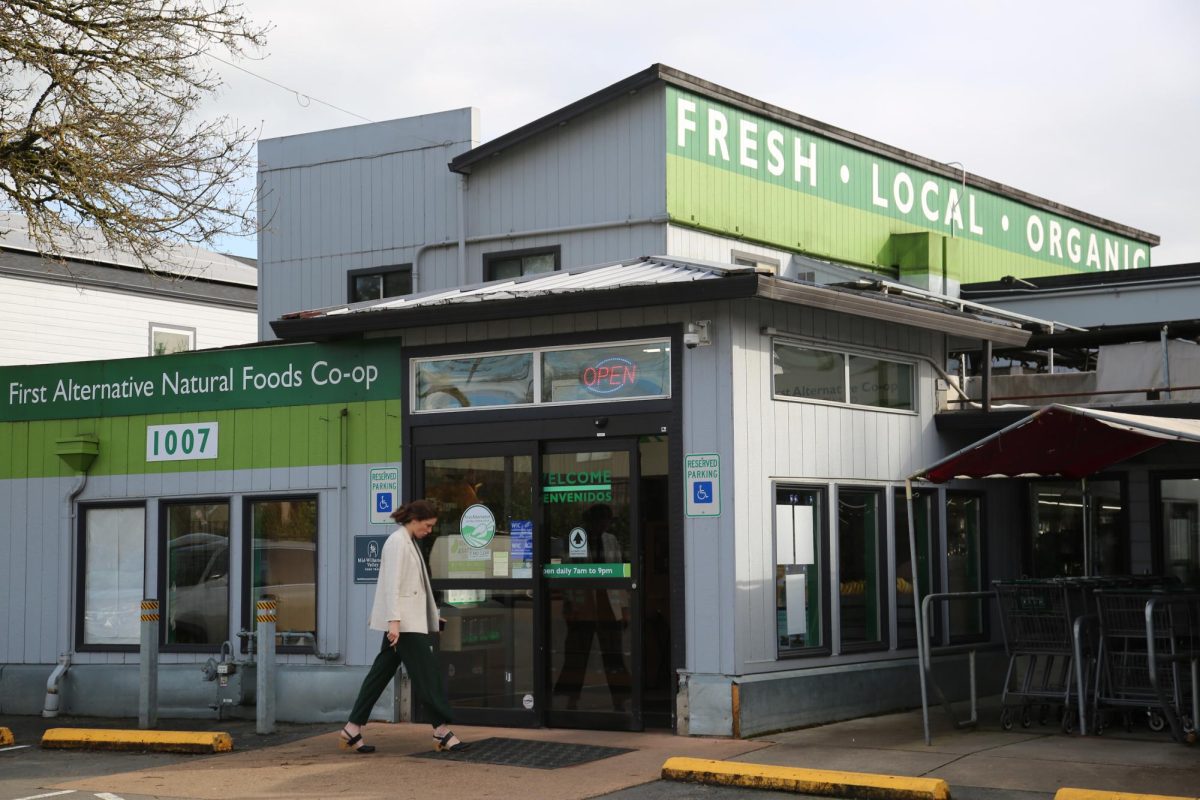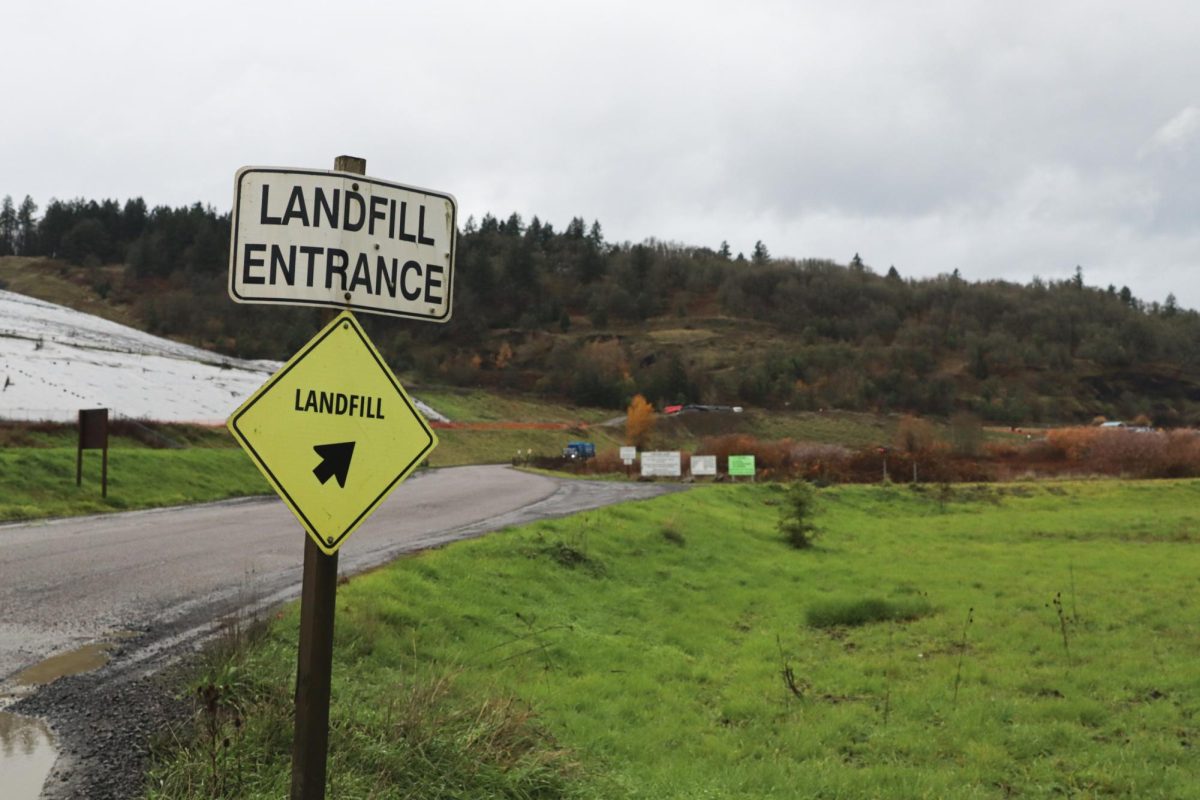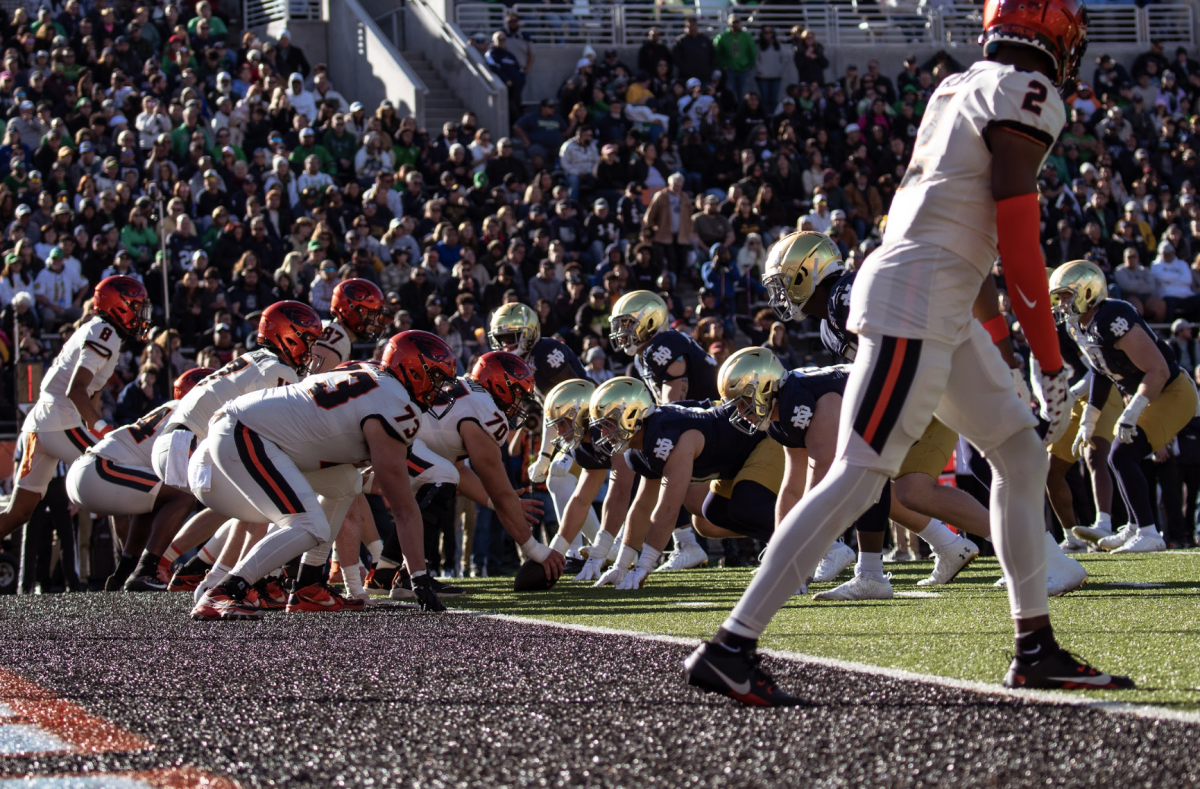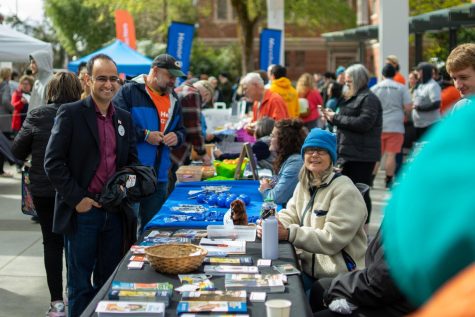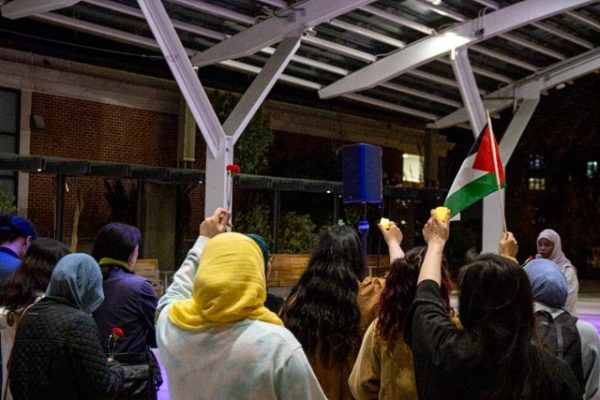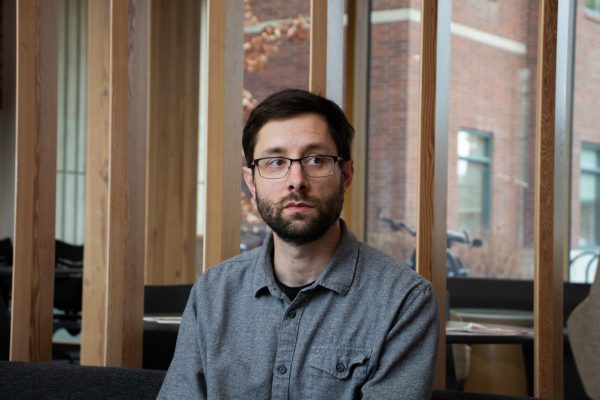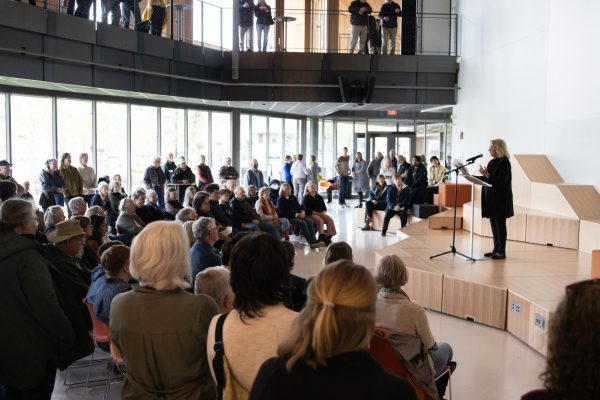ASOSU SafeRide offers students secure transportation
October 9, 2017
Service working to increase efficiency, number of riders served.
For students with no way of getting home safely on their own, the Associated Students of Oregon State University provide the option of requesting a SafeRide van to pick them up and take them to a requested destination, even if they engage in behaviors such as drinking.
“I know sometimes it may feel uncomfortable to call a friend or someone who doesn’t engage in the same social behaviors that you want to engage in, and so this can be an option to be able to get home and feel safe,” Brittany Nefcy, the program’s coordinator, said.
The student-run program, which is one of the oldest in the nation, began shuttling students in 1989, according to Nefcy. SafeRide runs every night from 7 p.m. to 2 a.m. and can pick up students anywhere, but cannot drop them off at commercial locations. The service is funded by student fees and free of
judgement, Nefcy added.
According to Sayeeda Sieah, the program’s assistant manager for outreach, last year, approximately one-fourth of OSU students utilized the service. In exact terms, a total of 7,312 individuals requested over 65,000 rides.
However, only approximately 35,000 rides were completed, according to Nefcy. Some of the reasons for this disparity include the administrator asking to cancel the ride if there is an error and asking the rider to make their request again, students who ask to be dropped off at commercial locations and riders who cancel the ride themselves.
Data collected by the SafeRide program shows that of the nearly 31,000 incomplete rides last year, 23,785 were cancelled by riders. Of the 7,456 rides cancelled by SafeRide, 3,611 were due to riders not showing up.
According to Jeff Baxter, the SafeRide graduate teaching assistant, the service is over capacity, which is one potential reason for the number of uncompleted rides.
“On any given night, we have between four and six vans out trying to get as many rides as possible,” Baxter said in an email. “Some folks don’t want to wait for 30 minutes for a van to show up and pick them up, others find another way to get to their destination and some simply just don’t show up.”
Baxter’s role as SafeRide’s GTA involves assessing the service and surveying riders to find out what can be improved. To address the concern of incomplete rides, SafeRide is working with the city to advertise Night Owl bus routes, a joint project of the Corvallis Transit System and ASOSU, according to Baxter. Baxter also sees potential partnerships with ride booking services including Uber and Lyft, an effort pursued by the ASOSU executive branch over the summer, as an opportunity to increase transportation options for students.
“There will be those students who are able to afford Uber or Lyft and those who are not able to,” Baxter said in an email. “When students use Uber or Lyft instead of using our service, they will free up space in our service for students who are unable to afford other options.”
Sieah, who oversees SafeRide’s website, social media, and advertising, sees ride booking services as allies, rather than competitors, in SafeRide’s mission to help students travel safely.
“Being a student myself, I now have more options for a ride home and to me, that is awesome,” Sieah said via email.
According to Nefcy, another way SafeRide intends to help students get around safely is through updates to their app. In about two weeks, the program plans to add a number of new features, including up-to-the-minute reports of wait times and starred locations for consistent riders to easily request a ride to or from any location they frequent.
The app will also increase the efficiency of ride allocation between vans by allowing drivers to pass rides between vans and automatically organize requests into routes, Nefcy added. Currently, drivers accept rides requested in their area and have to cancel erroneous requests before asking a student to try again. The administrators will soon be able to swap rides between rides on their end.
“It is really still from when it started to now, a student-run service,” Nefcy said. “I will suggest things to the students, but ultimately, them making those choices and decisions, and when we make those choices or have those conversations it’s always about, ‘How will this impact our riders? Is that for the better for them or not?”


